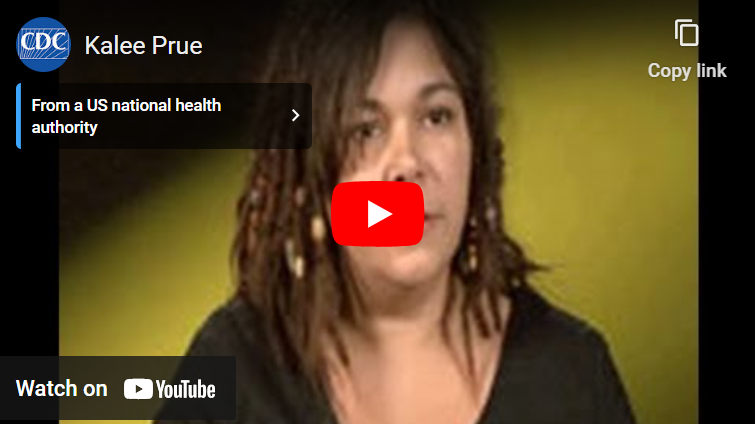What to know
- Pasteurization is crucial for milk safety, killing harmful germs that can cause illness.
- Consuming raw milk can lead to serious health risks, especially for certain vulnerable populations.
- Choosing pasteurized milk and dairy products is the best way to safely enjoy the nutritional benefits of milk.

Overview
Raw milk is milk that has not been pasteurized, a process that removes disease-causing germs by heating milk to a high enough temperature for a certain length of time. It's important to understand that raw milk can be a source of foodborne illness. While good practices on farms can reduce contamination, they cannot guarantee safety from harmful germs. Pasteurized milk offers the same nutritional benefits without the risks of raw milk consumption. Since the early 1900s, pasteurization has greatly reduced milk-borne illnesses.
Risk
Drinking or eating products made from raw milk can expose people to germs such as Campylobacter, Cryptosporidium, E. coli, Listeria, Brucella, and Salmonella.
Some groups, such as children under 5, adults over 65, pregnant women, and people with weakened immune systems, are at a higher risk of serious illness from these germs.
Symptoms
Symptoms of foodborne illness from raw milk can include diarrhea, stomach cramping, and vomiting. In some cases, more severe outcomes like Guillain-Barré syndrome or hemolytic uremic syndrome can occur, potentially leading to paralysis, kidney failure, stroke, or even death.
Prevention
- Choose pasteurized milk and dairy products, making sure to read labels carefully.
- Refrigerate perishable foods at 40°F or colder to slow bacterial growth. Bacteria can multiply rapidly if left at room temperature or in the “Danger Zone” between 40°F and 140°F.
- Never leave perishable food out for more than 2 hours (or 1 hour if exposed to temperatures above 90°F, like in a hot car or at a picnic).
- Throw away expired or spoiled food. When in doubt, throw it out.



